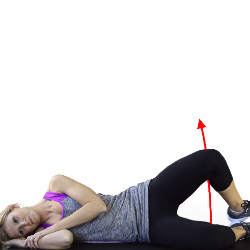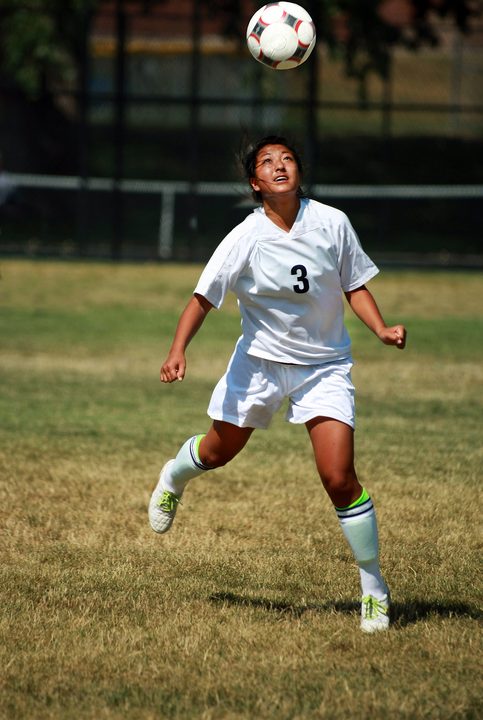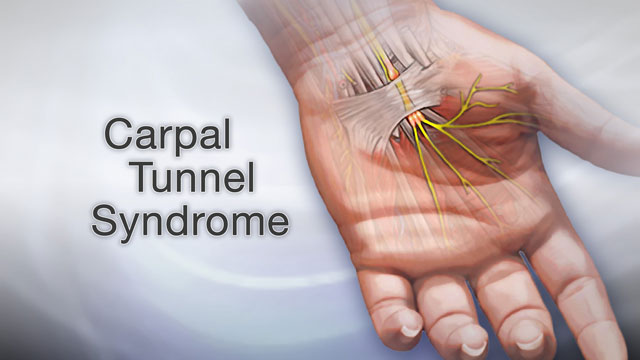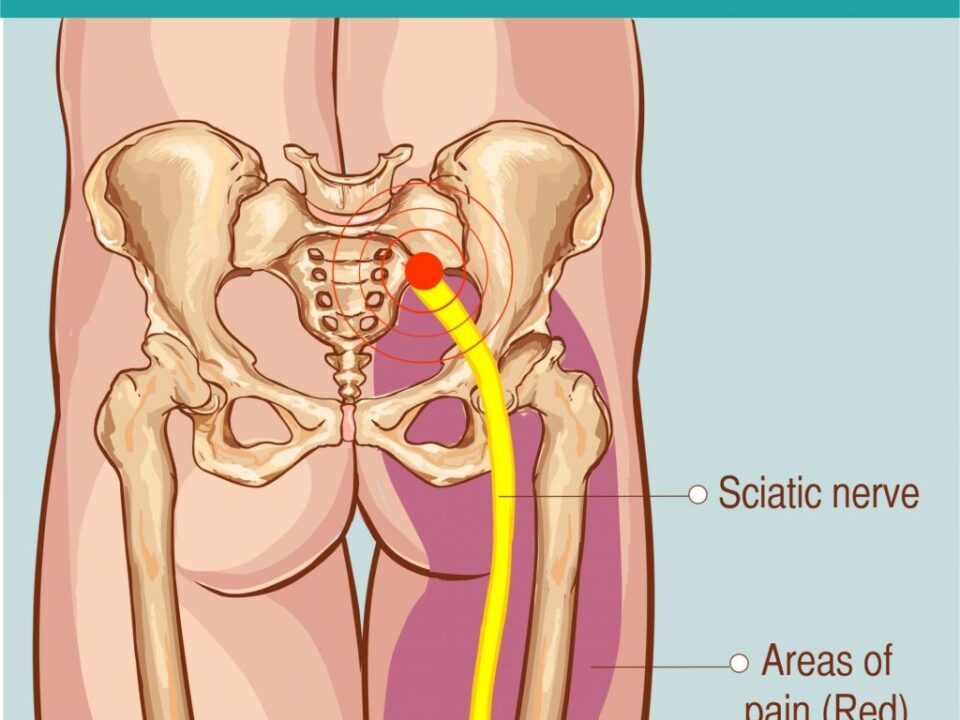Iliotibial Band Syndrome
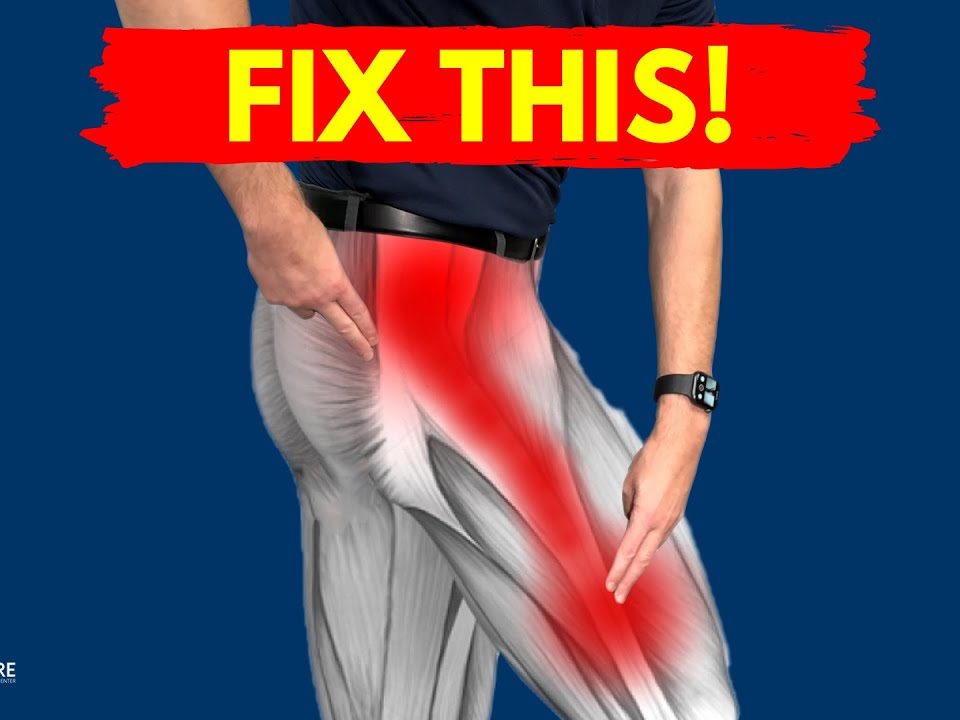
Does your hip, side of the thigh, or knee hurt? You might have ITB syndrome, and our chiropractors can help! Check out our chiropractor!
Etiology
Iliotibial band syndrome (aka Iliotibial Band Friction Syndrome) describes an irritation of the tissues near the distal attachment of the iliotibial band. This overuse syndrome is particularly common in runners and cyclists.
ITB syndrome is common in populations exposed to repetitive knee flexion and extension while in a single leg stance. The problem is particularly prevalent in runners, where it compromises almost ¼ of all lower extremity injuries. Ultimately, ITB syndrome affects up to 12% of all runners. The condition is also frequently seen in cycling, weight lifting, skiing, soccer, basketball, field hockey, and competitive rowing.
Clinical Presentation
The typical presentation for ITB syndrome is a runner or cyclist complaining of “sharp” or “burning” pain approximately 2 cm superior to the lateral joint line of the knee – near the lateral femoral condyle. Symptoms are provoked by activities that require repetitive knee flexion and extension.
Management
Conservative care has been shown to help ITB syndrome patients. Forty-four percent of patients treated conservatively report complete resolution at two months and 92% report resolution at six months. Conservative management includes: modalities, activity modification, stretching and hip abductor strengthening. Anti-inflammatory modalities and ice may help to relieve acute inflammation.
Perhaps the single most important aspect of treatment includes strengthening the hip abductors and external rotators. The vast majority of patients who incorporate hip abductor strengthening into their ITB rehab will experience symptom resolution within six weeks. Hip abductor strengthening should include eccentric contractions and triplanar motions. Examples of hip abductor strengthening exercises include side-bridge, posterior lunge, and clam exercises. Clam exercises are a preferred mode of hip abductor strengthening when minimal TFL activation is desired.
Side Bridge
Begin lying on your side. Rest your weight on your forearm and feet. Lift your hips toward the ceiling until your body is in a straight “plank” position. Try to avoid looking down to watch your body as this will interfere with achieving the ideal plank position. You may wish to use a mirror to ensure good form. Slowly lower your hips back to the floor and repeat as directed.
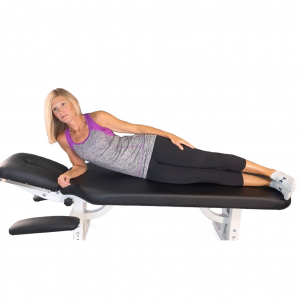
Posterior Lunge
Begin standing on one leg and grasp the edge of a sink or a post for stability. Slowly bend your knee to lower your hips toward the floor as though you are going to sit in a chair. Keep your knee positioned directly above your ankle and do not allow it to shift forward. Try not to allow your back leg to touch the ground. Consciously contract your gluteal muscle on the planted leg side to return to the start position. Perform as directed.
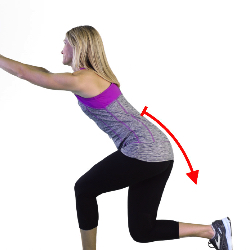
Clam
Lie on your side with your affected hip pointing up. With your feet together, knees bent at 90 degrees and hips at 45 degrees, lift your knee upward without rolling your hips backward. Lower your legs so that your knees are touching. Perform as directed.
